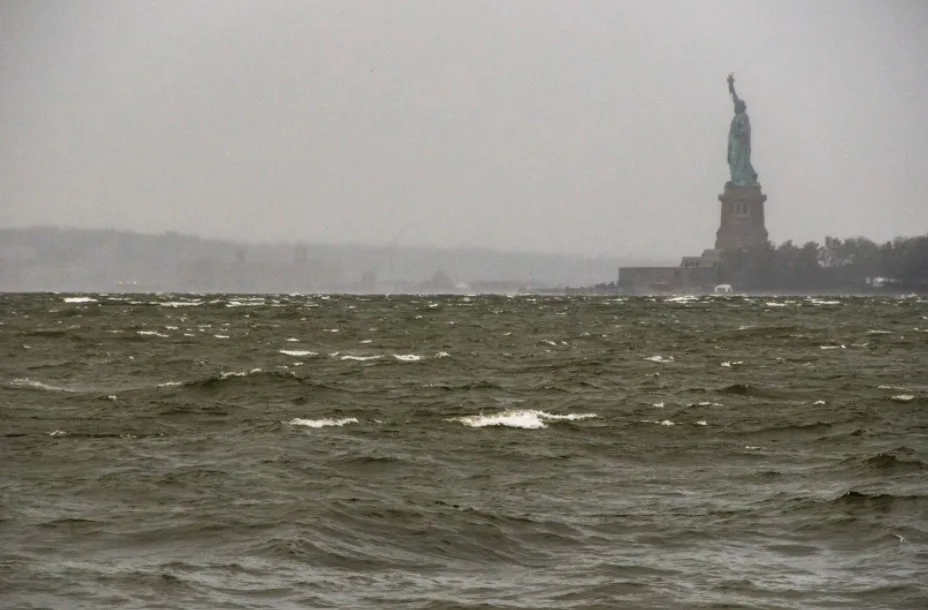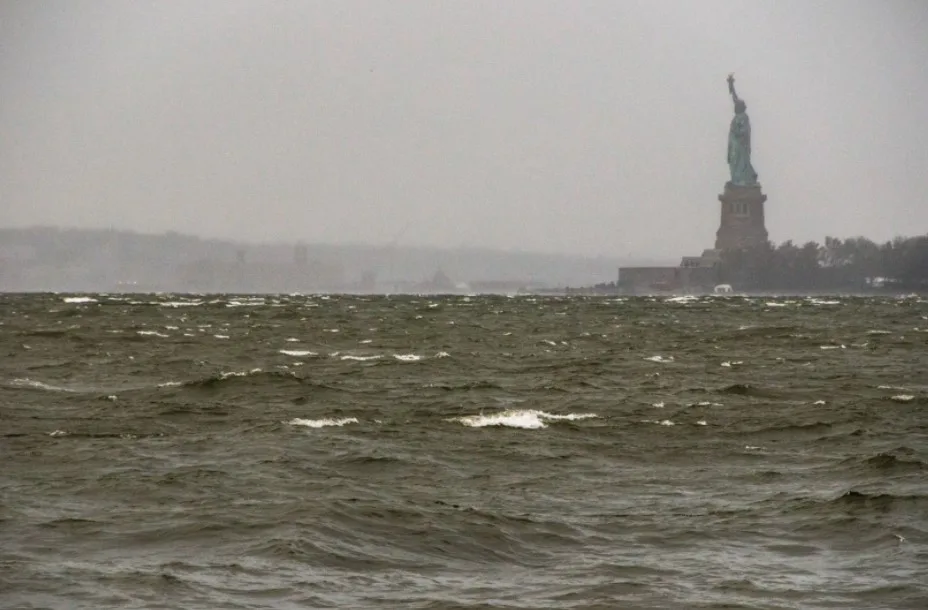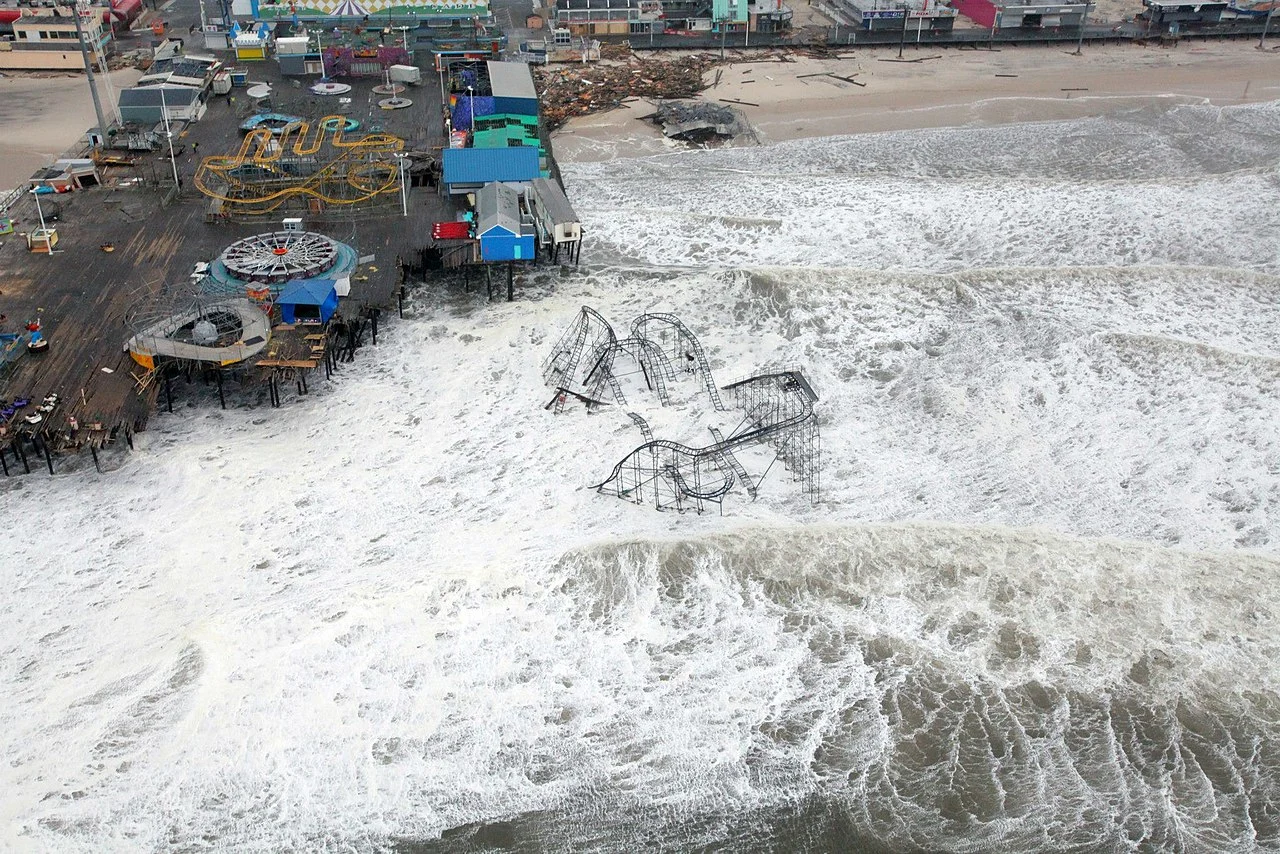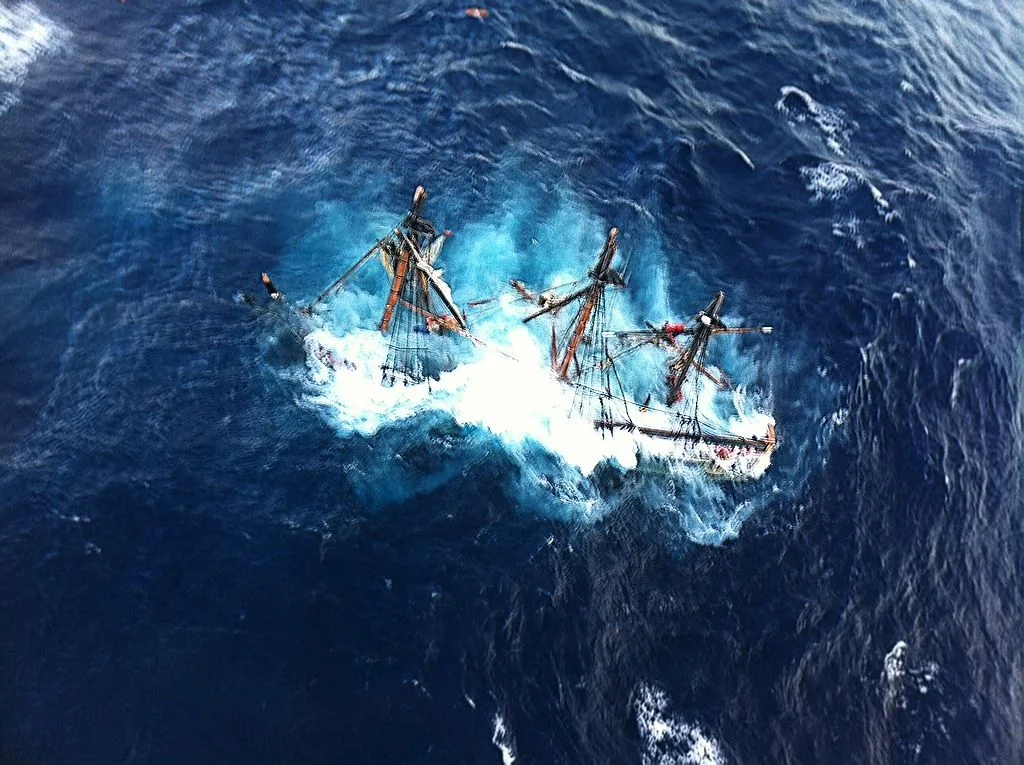
Hurricane Sandy caused major destruction along its path from Jamaica to Canada
On this day in weather history, Hurricane Sandy hit Cuba as a Category 3 storm.
This Day In Weather History is a daily podcast by Chris Mei from The Weather Network, featuring stories about people, communities and events and how weather impacted them.
--
Hurricane Sandy is one of the most impactful storms in the Western hemisphere. It killed 233 people and caused $68.7 billion (2012 USD) worth of damage. It's the fifth-costliest hurricane in U.S. history but was also detrimental to the Caribbean and Canada.
On October 22, 2012, the hurricane started as a tropical wave in the western Caribbean Sea. The storm quickly gained momentum as it moved northward toward the Greater Antilles. On Oct. 24, Sandy reached hurricane status and made landfall near Kingston, Jamaica.

"In 2012, Hurricane Sandy pounded the USA with 90 mph winds and record-breaking storm surges, killing 147 people from the Caribbean to the USA." Courtesy Laura Reinhardt, World Vision.
Sandy re-entered the Caribbean Sea and strengthened into a Category 2 storm. On Oct. 25, Sandy made landfall over Cuba as a Category 3 hurricane. On Oct. 26, Sandy travelled through the Bahamas as a Category 1 storm. On Oct. 29, the hurricane hit Brigantine, New Jersey.
On Nov 2, Sandy was absorbed by another extratropical storm.
Hurricane Sandy impacted the Greater Antilles, Bahamas, east U.S., Bermuda, and eastern Canada.
Jamaica was the first country to be affected by Sandy. The hurricane winds left 70 per cent (1,989,400) of residents without electricity. In Haiti, Sandy brought flooding that led to 54 deaths. The storm also left 200,000 Haitians homeless.

"Damage to Casino Pier in Seaside Heights, New Jersey." Courtesy of Wikipedia
In Cuba, Sandy brought strong winds and extensive coastal flooding, which destroyed around 15,000 homes and killed 11 people.
In the U.S., the hurricane impacted 24 states, including the entire eastern seaboard. New York and New Jersey received the worst impacts. On Oct. 29., a storm surge caused city streets and subway tunnels to flood. In the States, the storm is responsible for 157 deaths and $65 billion worth of damage.

"The 180-foot (55 m) sailing ship, Bounty, is shown nearly submerged during Hurricane Sandy in the Atlantic Ocean approximately 90 miles (140 km) southeast of Hatteras, North Carolina on Monday, October 29, 2012." Courtesy of Wikipedia
Canada was impacted by the remnants of Sandy. Areas along Lake Huron and Georgian Bay received winds as high as 121 km/h. In Toronto, a woman died after being hit with a piece of flying debris.
In Ontario, around 145,000 customers lost power, as did approximately 49,000 homes and businesses in Quebec. According to the Insurance Bureau of Canada, the storm caused around $100 million worth of damage.
To learn more about Hurricane Sandy, listen to today's episode of "This Day In Weather History."
Subscribe to 'This Day in Weather History': Apple Podcasts | Amazon Alexa | Google Assistant | Spotify | Google Podcasts | iHeartRadio | Overcast'










